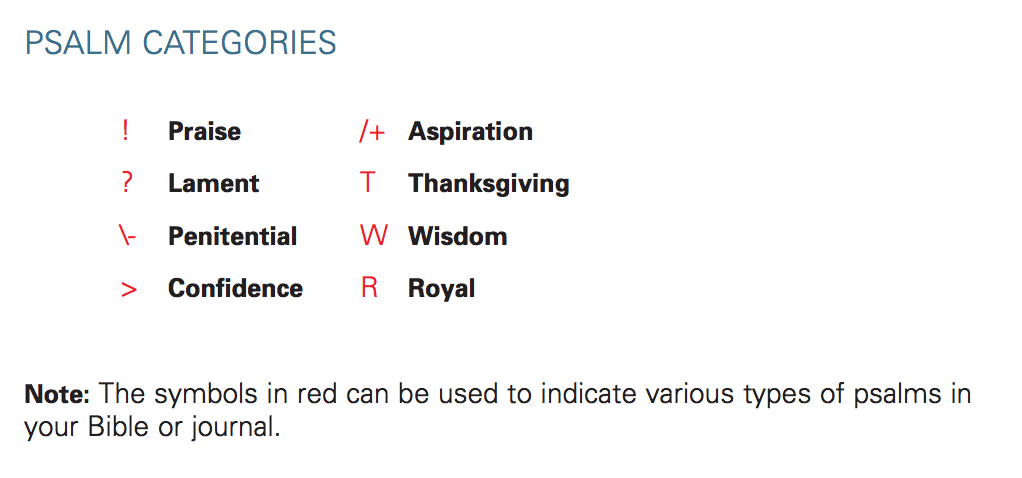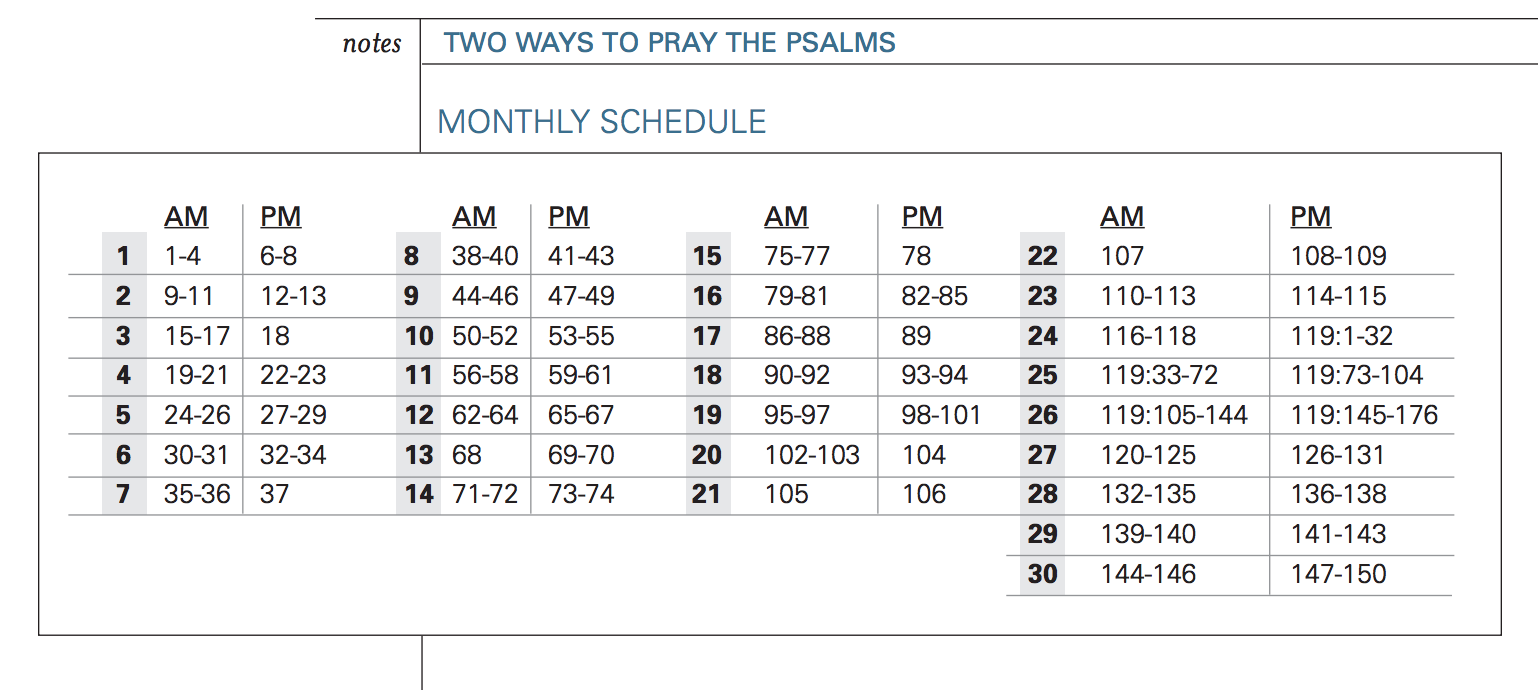Did you know that many of today’s worship songs are inspired by the Psalms?
For instance, Everything That Has Breath is from Psalm 150. Whom Shall I Fear borrows from Psalms 27 and 84 – and 10,000 Reasons is inspired by Psalm 103!
The Psalms are a collection of hymns, prayers and poems from the psalmist to God. And while we see traces of them in many praise songs today – they are also wonderful to use in prayer.

We often lack the words to accurately describe the innermost thoughts and desires of our hearts, but the Psalms help us with this.
The Bible is filled with the experiences of countless people. Their prayers often describe the same emotions we feel; many have spoken the prayers we wish to make today.
Think of King David. He was known as a man after God’s own heart, and wrote most of the Psalms. Some of them praised God (Psalm 27, 66, 138). Others were desperate cried to God of despair and guilt (Psalm 22, 51, 69).
But at some point or another, they are all relatable to us.
A sincere, simple prayer is never turned away.
Psalms allow for great honesty in prayer. Negative emotions are part of daily life, yet many of us tend to avoid expressing these feelings to God – as if they’re not worth His time.
Psalms help acknowledge sadness and suffering in our lives, and guide us to praise God even when we don’t feel like doing so. We see King David’s sorrow and plea to God, “Why have you forsaken me? in Psalm 22:1. But we also see him praising God in the midst of his troubles: “I will tell of your name to my brothers … I will praise you” (Psalm 22:22).
The best way to pick up a skill is to observe and imitate a professional. Infants learn speech through hearing and copying their parents’ words. In a similar way, we develop our prayer language through the study and imitation of the psalmists.
Like the rest of Scripture, psalms are part of the inspired Word of God (2 Timothy 3:16). Studying and imitating His words shape our prayer lives and inclines our hearts towards Him.

All 150 psalms can be categorised into 8 main themes; you can mark them down in the Bible with these symbols.

You might start by reading a psalm a day. Doing so allows you to meditate on the verses, turning the psalmists’ declarations into your own personal prayers and petitions to God. It’s also good to recite and memorise psalms – that will enable you to pray them again at other times of the day.
Some choose to read Psalms in numerical order, while others read what resonates with their feelings that day. If you’re unsure, or can’t decide, a Psalm reading plan might help.

That’s just one example. There are many Bible plans available online that help you to read through the Psalms effectively. Tim Keller’s one is just my favourite – I find it especially useful for meditation and study throughout the day.
It’s always wonderful when I set aside fifteen to twenty minutes just to meditate over a few psalms.
While there’s no hard and fast rule to praying, praying through the Psalms is just one of the many ways we can spend time with God. But ultimately it’s the heart that matters.
A sincere, simple prayer is never turned away.









